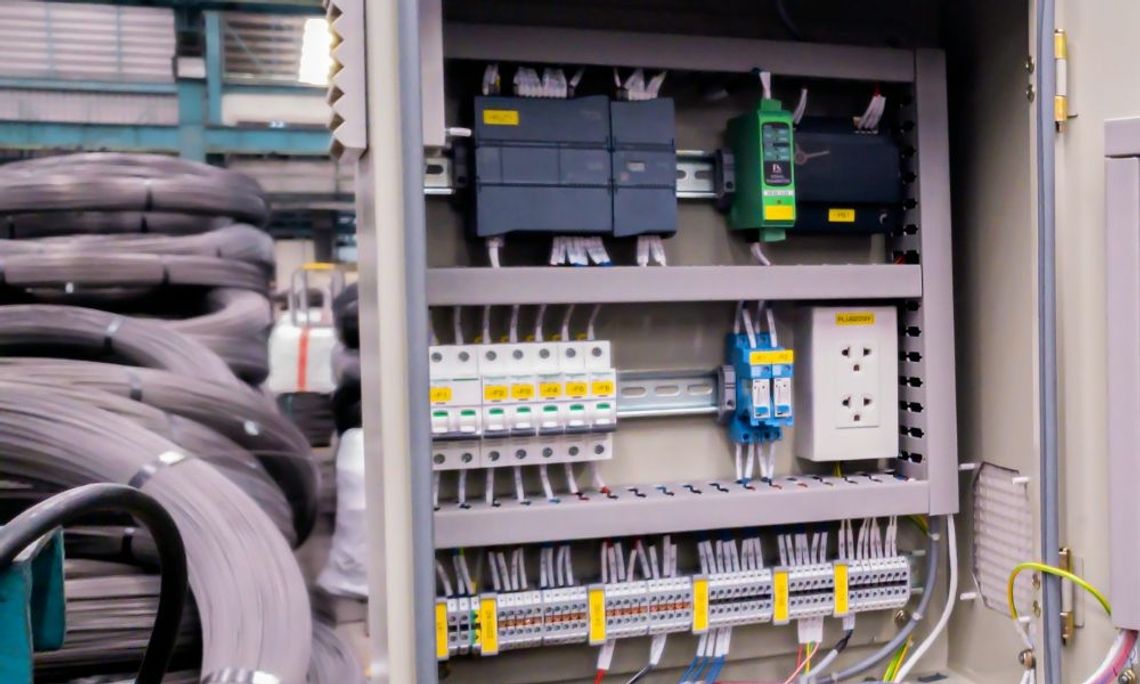Setting up industrial equipment correctly is critical to maintaining operational safety and efficiency. Improper installation can lead to equipment malfunctions, safety hazards, and significant downtime. Industrial plant managers, safety officers, and facility maintenance workers should all be aware of the importance of proper industrial equipment installation.
Start With a Site Assessment
Before any equipment installation can take place, equipment installers should conduct a comprehensive site assessment. This involves evaluating the physical space where the equipment will be installed and checking for any potential issues that might hinder installation or operation. The assessment should also consider factors such as power supply, ventilation, and the proximity of other equipment. A thorough site assessment sets the stage for smooth equipment installation and optimal operation.
Ensure Proper Transportation of New Equipment to the Facility
Transporting new equipment to the facility requires careful planning and execution. The machinery must be adequately secured during transit to prevent damage. Upon arrival, the equipment must be unloaded with great care using suitable lifting and moving equipment to prevent undue vibration or impacts that could affect its operation once installed.
Inspect Machinery and Components Before Assembly and Installation
Before installing equipment, it’s important to inspect the unit and check that all necessary components where included in the shipment. For example, equipment that uses pressurized gasses or pumps gasses from one application to the next may require gas regulators, valves, connectors, specialized fittings, and other components. Properly installing the gas regulator involves carefully inspecting each component to ensure things run smoothly.
Any signs of damage, wear, or defects should be addressed immediately to prevent future problems. An inspection ensures all parts are in good working order before assembly begins.
Warranties May Require Testing and Commissioning Checklists
Many equipment warranties require specific testing or commissioning procedures. This often involves completing checklists that verify the equipment has been installed correctly and is functioning as intended. Compliance with these requirements not only maintains the warranty but also ensures the equipment operates safely and efficiently.
Use Professionals for Installation
Use professionals for industrial equipment installation. They have the necessary training and experience to manage the complexities of industrial equipment installation. They understand the intricacies of different machinery, can troubleshoot issues that may arise during installation, and ensure the equipment is set up for optimal performance.
The importance of proper industrial equipment installation extends far beyond simply getting the equipment up and running. Proper installation affects the safety of the work environment, the efficiency of operations, and the lifespan of the equipment itself.


Comment
Comments